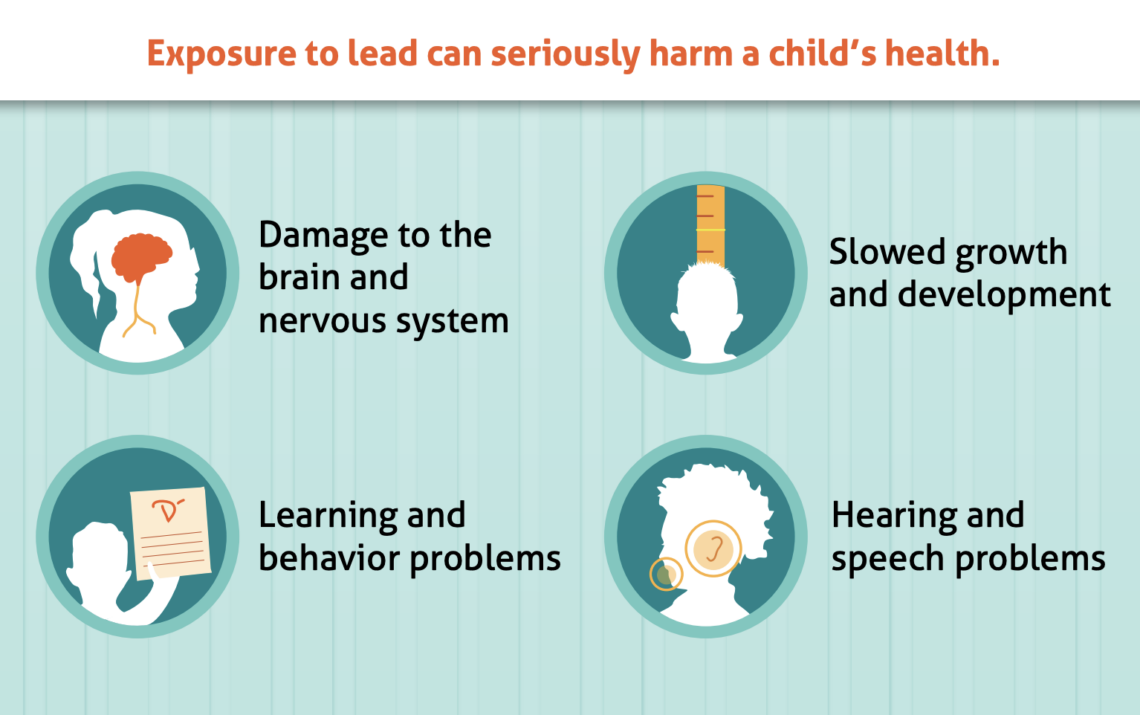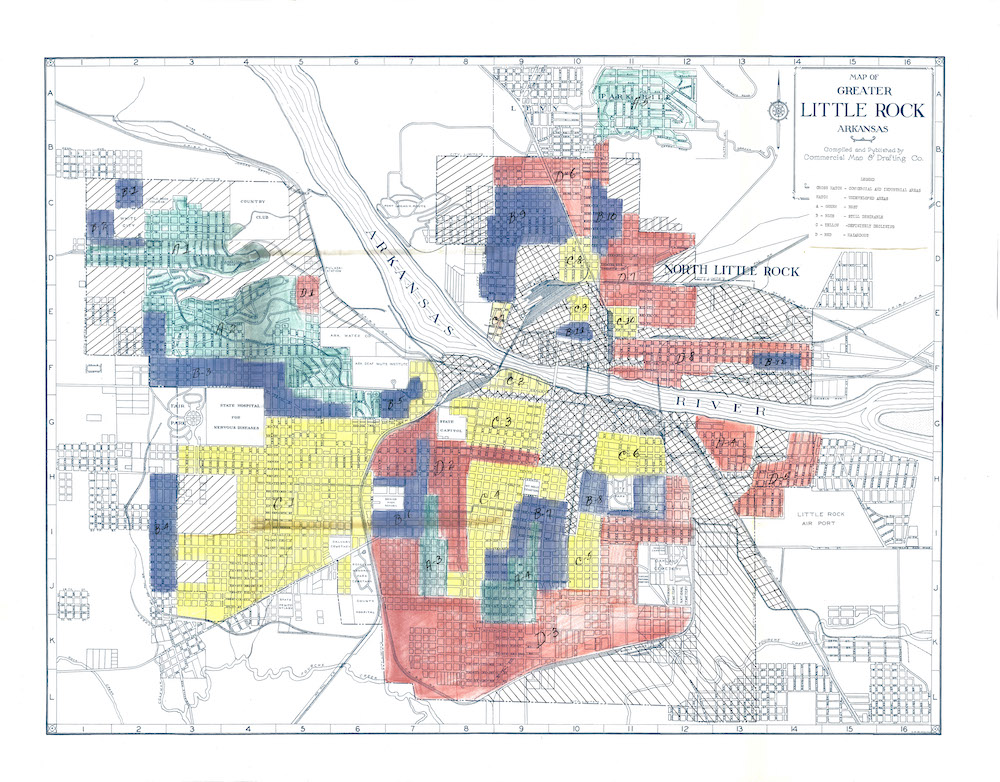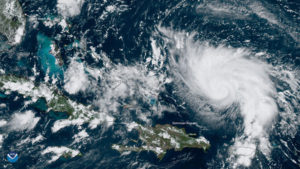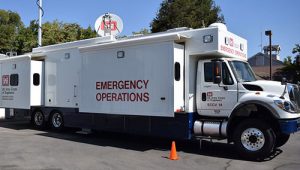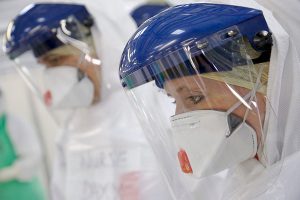Tag
Public health
-
Tip sheet: Covering the ongoing problem of lead contamination
Lead contamination is ever-present across the U.S. Here’s how to report on it.

-
5 reports look at causes of health disparities in the U.S.
Stories about health disparities — even ones about CDC statistics — need context about the social causes that contribute to…
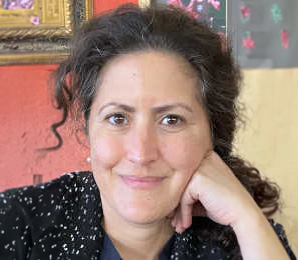
-
Fixing the public health system for the next pandemic
The American Rescue Plan (ARP), passed by Congress last month, will be sending about $100 billion into the U.S. public…

-
Advice on repairing public trust in the CDC
With public trust at an all-time low in government scientists and public health agencies, what can be done to repair…

-
How to find local public health sources for your coronavirus coverage
Getting accurate data and information from local and state public officials is central to all journalists covering the COVID-19 pandemic,…

-
Resources for covering Hurricane Dorian and disaster preparedness
As Hurricane Dorian reaches closer to landfall in Florida or southern Georgia this weekend, we’ve updated our list of resources…

-
Covering a controversial study: How to dig deep on a deadline
From the moment I saw the study — and editorial and editor’s note — among JAMA’s embargoed studies, I knew…

-
Fluoridation findings prompt measured response from professional organizations
As the editors of the prestigious medical journal anticipated, the newly published Canadian study is causing a stir. The paper,…

-
Public health experts discuss U.S. health systems’ disaster readiness
As public health officials grapple with strategies to respond to natural disasters and disease outbreaks, they face a host of…

-
New tip sheet can help you cover public health emergencies
Public health emergencies often happen — from a severe flu season or measles outbreak to wildfires or a severe weather…

